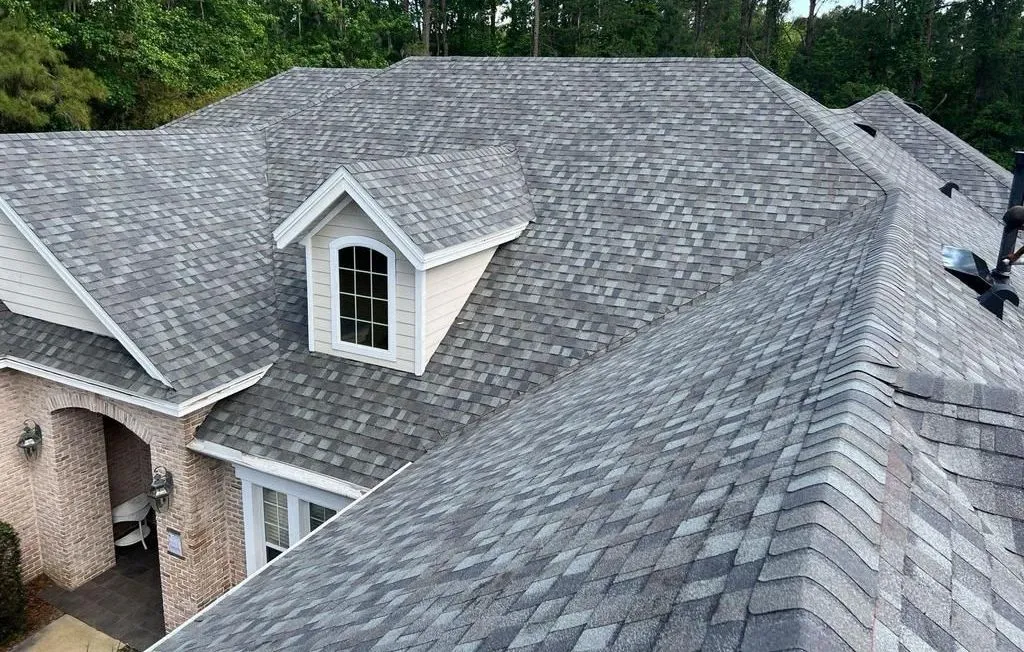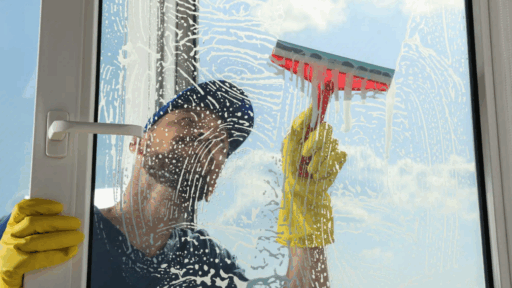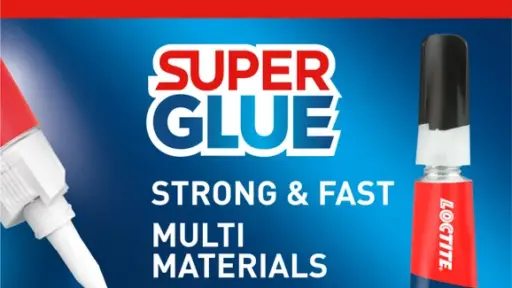Roof shingles play a significant role in protecting your home from wind, rain, and sun.
I’ve learned that knowing how long they last can really help you plan ahead, so you can fix or replace them before bigger problems show up.
A strong roof doesn’t just protect, it adds comfort, safety, and value to your home. But the lifespan of shingles isn’t the same for every house.
It depends on the type of shingle, your local weather conditions, and the level of care the roof receives. Some shingles may only last 15 years, while others can last over 70.
In this blog, I’ll walk you through how long each type of roof shingle usually lasts, what can wear them down, and how to help them last longer.
I’ll also share easy maintenance tips and signs to watch for when it might be time for a new roof. Let’s look at it, shingle by shingle.
What Are Roof Shingles and Why Do They Matter?

Roof shingles are individual pieces, usually flat, rectangular, or curved, that cover the sloped parts of a roof.
They’re laid in overlapping rows to create a watertight seal that protects your home from rain, wind, snow, and sun.
When installed properly, shingles act like a shield. They guard against leaks, mold, structural damage, and even pests.
They also block harmful UV rays, which can wear down your roof over time.
Shingles don’t just offer protection, they also help control indoor temperatures. A solid roof with the right shingles can improve insulation and lower energy bills.
They make a big difference in curb appeal, too. The color and style you choose can give your home a clean, finished look and even increase resale value.
Types of Roof Shingles
When picking shingles, it’s helpful to understand the main options. Each type has its own strengths and trade-offs. A quick breakdown:
- Asphalt Shingles: The most common type, affordable, easy to install, and available in many colors. Lifespan is usually 15–30 years.
- Wood Shingles and Shakes: Offer a rustic look. Shingles are smooth; shakes are more textured. Require regular upkeep to avoid rot and pests.
- Metal Shingles: Lightweight, fire-resistant, and long-lasting (up to 50+ years). Good in harsh weather but more expensive than asphalt.
- Slate and Tile Shingles: Very durable and attractive. Can last 75–100 years, but are heavy and costly to install. Need strong roof support.
- Composite and Rubber Shingles: Made from recycled materials. Mimic the look of slate or wood with less upkeep. Typically last 30–50 years.
Choosing the right shingle depends on your budget, style, and how much maintenance you want to do. A smart pick now can save you time and money later.
Lifespan of Different Roof Shingles
Knowing how long each type of shingle lasts can help you plan ahead and avoid costly repairs. A breakdown of the average lifespan for the most common roofing options:
1. Asphalt Shingles Lifespan
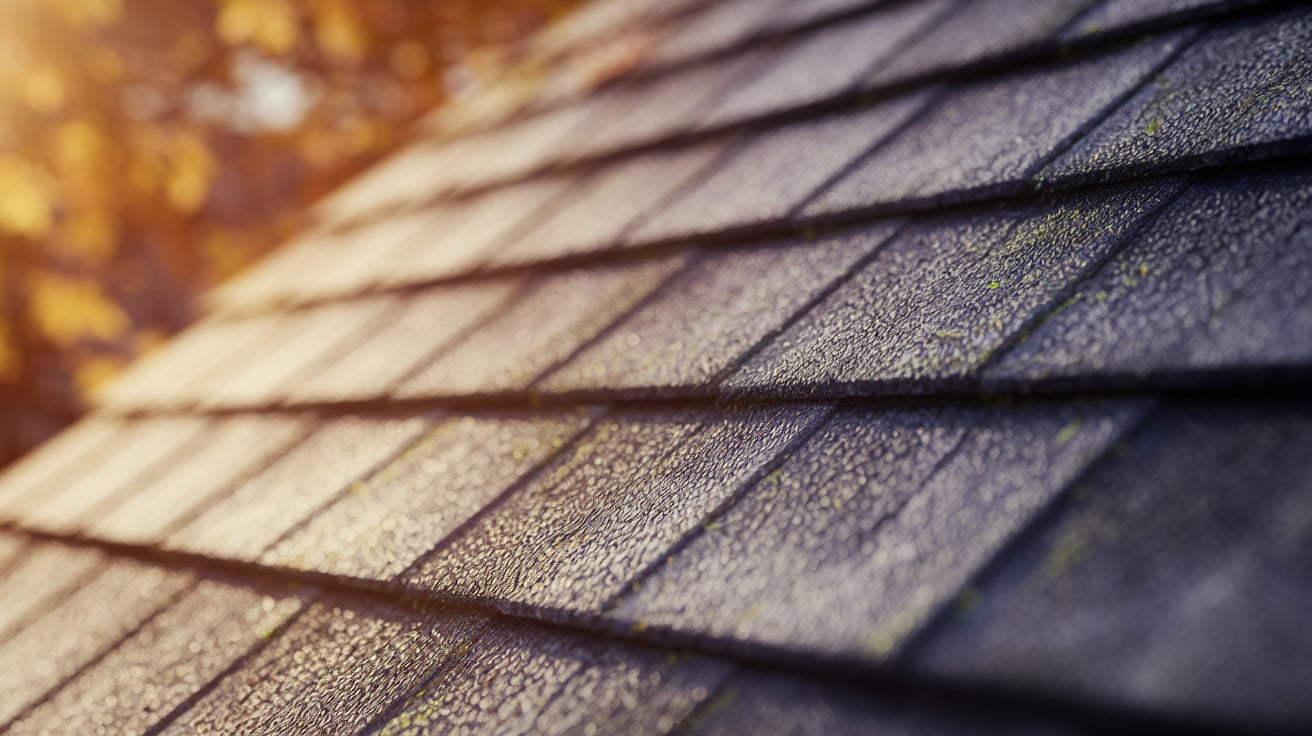
Asphalt shingles are the most common roofing choice due to their low cost and ease of installation. They typically last 15 to 30 years, depending on the type.
3-tab shingles are the most basic, lasting around 15 to 20 years. They have a flat look but don’t hold up as well in harsh weather.
Architectural shingles are thicker and more durable, with a lifespan of 20 to 30 years. They offer better wind resistance and a layered appearance.
Premium asphalt shingles are made from higher-quality materials and can last over 30 years, especially in mild climates.
Picking the right type and keeping up with regular maintenance can help extend your roof’s life.
2. Wood Shingles and Shakes Lifespan

Wood shingles and shakes often last 20 to 40 years and are usually made from cedar, which naturally resists rot and insects.
However, wood is sensitive to moisture and sunlight. In humid areas, it can warp or grow mold, while in dry climates, it to crack or become brittle.
Regular upkeep, such as cleaning, sealing, and replacing damaged pieces, is essential. Shakes are thicker than shingles and may last a bit longer.
Though they need more care, wood roofs offer timeless charm and can be a long-lasting choice for those willing to maintain them.
3. Metal Roof Shingles Lifespan

Metal roof shingles are a durable option that typically lasts 40 to 70 years. Made from steel, aluminum, copper, or zinc, they resist rust, fire, insects, and harsh weather.
Protective coatings help prevent fading and UV damage, making them ideal for tough or coastal climates. They also reflect sunlight, which can lower cooling costs in hot areas.
Metal roofs require minimal upkeep and rarely require repairs. While the upfront cost is higher than asphalt, their long life offers better long-term value.
If you want a low-maintenance, modern-looking roof that lasts for decades, metal shingles are a smart choice.
4. Slate and Tile Shingles Lifespan
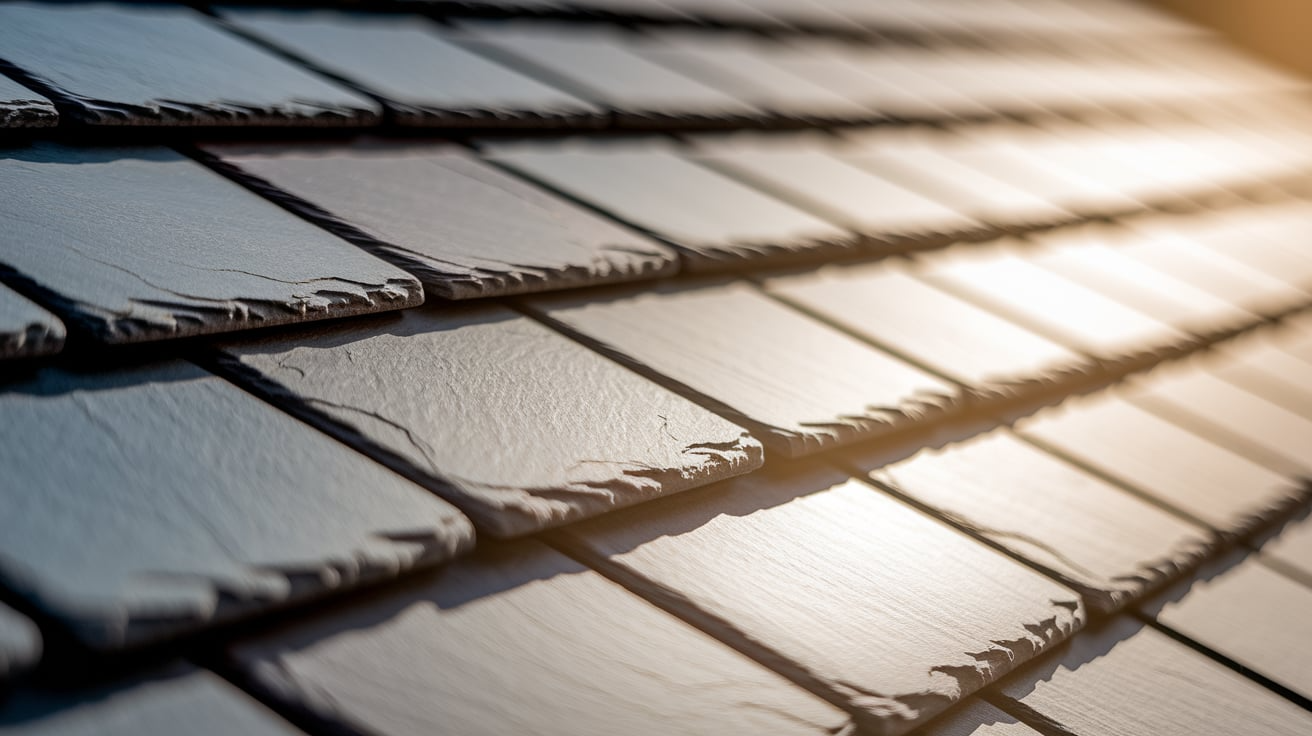
Slate and tile shingles are some of the most durable roofing options. Slate can last 75 to over 150 years, while clay or concrete tiles last 50 to 100 years.
They’re fire-resistant and handle harsh weather well, but are heavy and need strong roof support. Proper installation is key to avoiding cracks or misalignment.
Once in place, they need little upkeep. Though costly upfront, their long life and classic style make them a solid investment.
For homeowners wanting a roof that could last a lifetime, slate or tile is a top choice.
5. Composite and Rubber Roof Shingles Lifespan
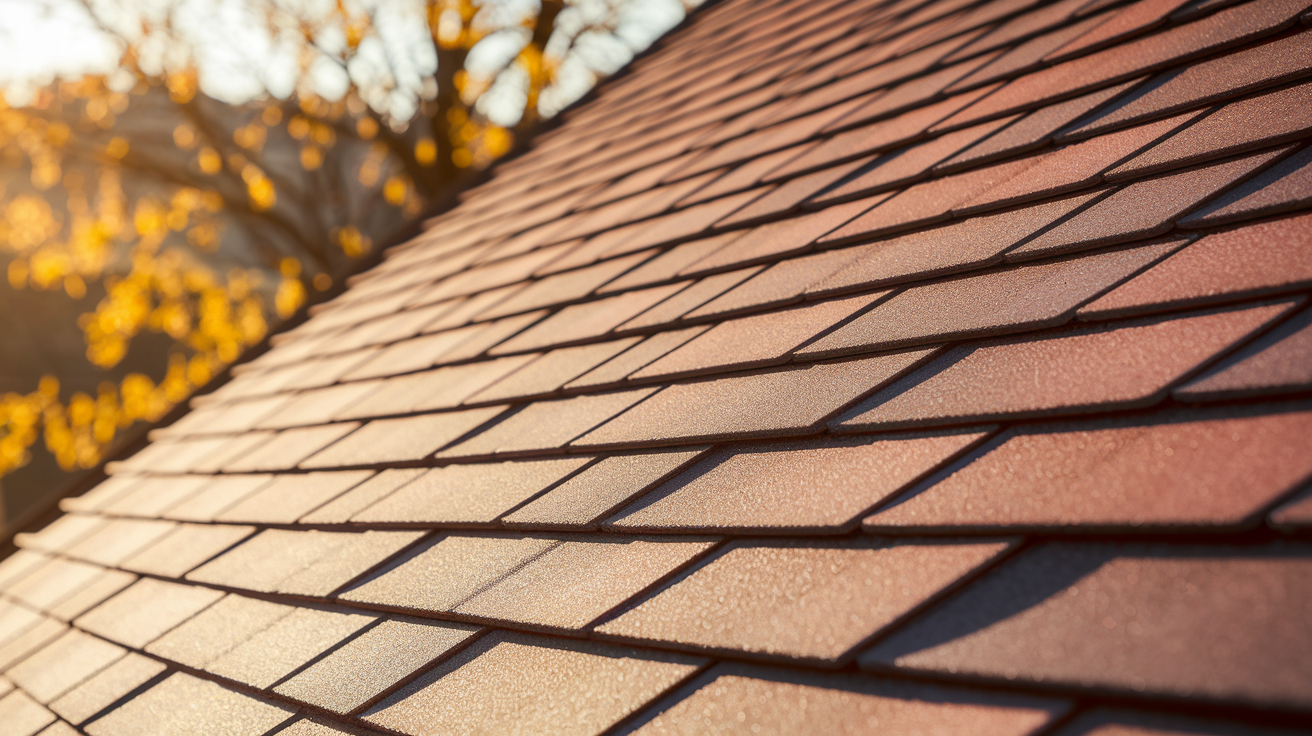
Composite and rubber shingles are modern, durable roofing options that last 30 to 50 years.
Made from recycled rubber, plastic, or fiberglass, they’re designed to look like slate or wood.
They’re lightweight, easy to install, and resist cracking, fading, mold, and UV damage, even in tough climates. These shingles are low-maintenance and often come with long warranties.
For homeowners who want the look of premium roofing without the high cost or upkeep, composite and rubber shingles are a smart, eco-friendly choice.
Factors That Affect the Lifespan of Roof Shingles
Many homeowners ask, “How long will my shingles last?” The truth is, there’s no one-size-fits-all answer. Several key factors can either shorten or extend the life of your roof shingles.
1. Material Quality
The type and grade of shingle material make a big difference. Budget shingles typically wear out faster than high-end versions.
For example, basic 3-tab asphalt shingles may last 15–20 years, while architectural or premium asphalt shingles can last 25–30 years or more.
Natural materials, such as slate or tile, can last up to 100 years if made from top-grade stone or clay.
2. Climate and Weather Exposure
The weather is a major factor. Roofs in areas with heavy rainfall, snow, hail, or high winds tend to wear out more quickly.
UV rays from strong sun exposure can also dry out shingles, causing them to crack or curl.
In contrast, shingles in milder climates often last longer with fewer repairs.
3. Installation Techniques
Even the best shingles can fail early if they’re installed incorrectly.
Poor alignment, improper sealing, or inadequate nailing can cause early leaks or blow-offs.
Hiring a certified, experienced roofer ensures proper installation and full warranty coverage.
4. Roof Pitch and Ventilation
A steeper roof slope (pitch) usually drains water and snow more efficiently, helping shingles last longer.
Flat or low-slope roofs tend to retain moisture, which can speed up deterioration.
Ventilation also plays a key role; proper attic airflow prevents heat buildup and moisture damage under the shingles.
5. Maintenance and Inspections
Regular upkeep helps spot small problems before they become major issues.
Cleaning off leaves, checking for missing shingles, and inspecting flashing or vents can all extend a roof’s life.
Professional inspections every few years are also smart, especially after big storms.
When Is It Time to Repair or Replace Your Roof Shingles?
Even the best shingles don’t last forever.
Watch for signs like cracked, curling, or missing shingles, dark patches, or granules collecting in gutters. If your roof is leaking, that’s a red flag you shouldn’t ignore.
Age is also a significant factor; if your shingles are nearing the end of their expected lifespan, it may be time to plan for replacement.
A sagging roof, moss growth, or light coming through the attic can also signal trouble.
Minor damage might be fixed with spot repairs, but widespread issues usually mean it’s smarter and safer to replace the whole roof.
How to Extend the Life of Your Roof Shingles
With the right care, your roof can last much longer, no matter what type of shingles you have. Below are the simple steps you can take to help protect your investment:
- Keep the roof clean: Clear off leaves, dirt, and branches regularly to prevent moisture buildup and mold growth.
- Clean the gutters: Clogged gutters can cause water to back up under the shingles. Keep them clear to avoid water damage.
- Trim nearby trees: Cut back any branches hanging over your roof to prevent falling limbs and reduce debris.
- Fix small problems fast: Replace missing, cracked, or curling shingles quickly to stop minor issues from becoming major repairs.
- Schedule roof inspections: Have a professional check your roof every few years, or after a big storm, to catch damage early.
By following these simple tips and staying on top of routine care, you can help your shingles last longer, reduce repair costs, and protect your home for years to come.
Conclusion
The lifespan of your roof shingles depends on the type you choose and the level of care you provide.
Asphalt shingles last approximately 15 to 30 years, wood shingles can last 20 to 40 years, metal roofs can last 40 to 70 years, and composite shingles typically hold up for 30 to 50 years.
The most durable options, such as slate and tile, can last over 75 to 100 years.
Now is a good time to think about your roof. Are your shingles in good shape? Are there signs of wear or damage?
If you’re unsure, it’s worth getting a second opinion. Schedule a professional inspection to check your roof’s condition and plan for repairs or replacement.
Taking action today can help you avoid costly surprises tomorrow and keep your home protected for years to come.


